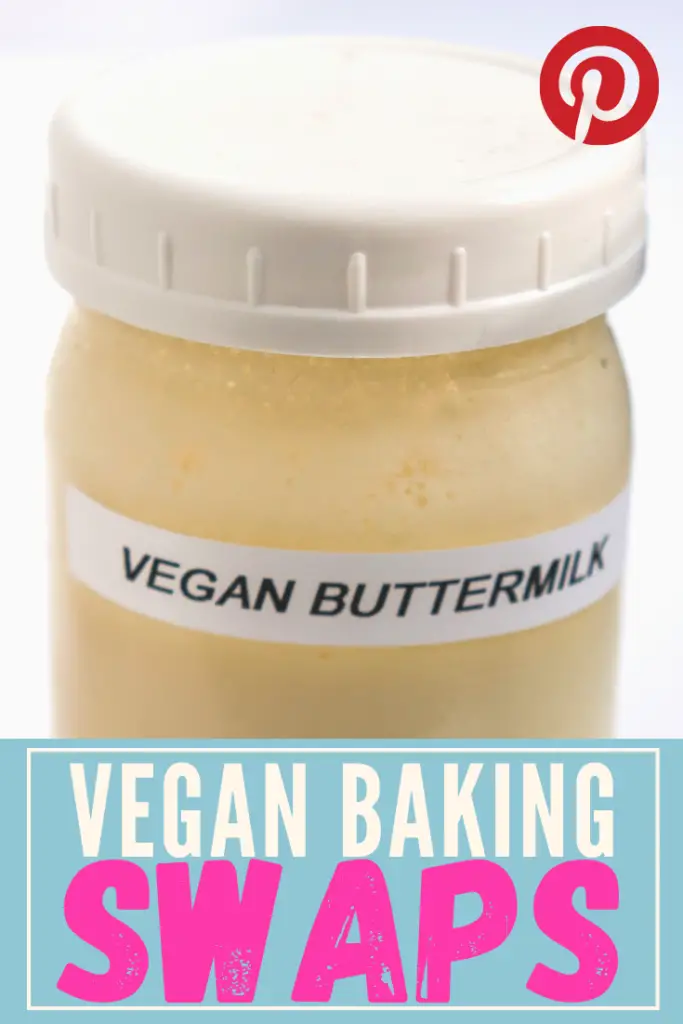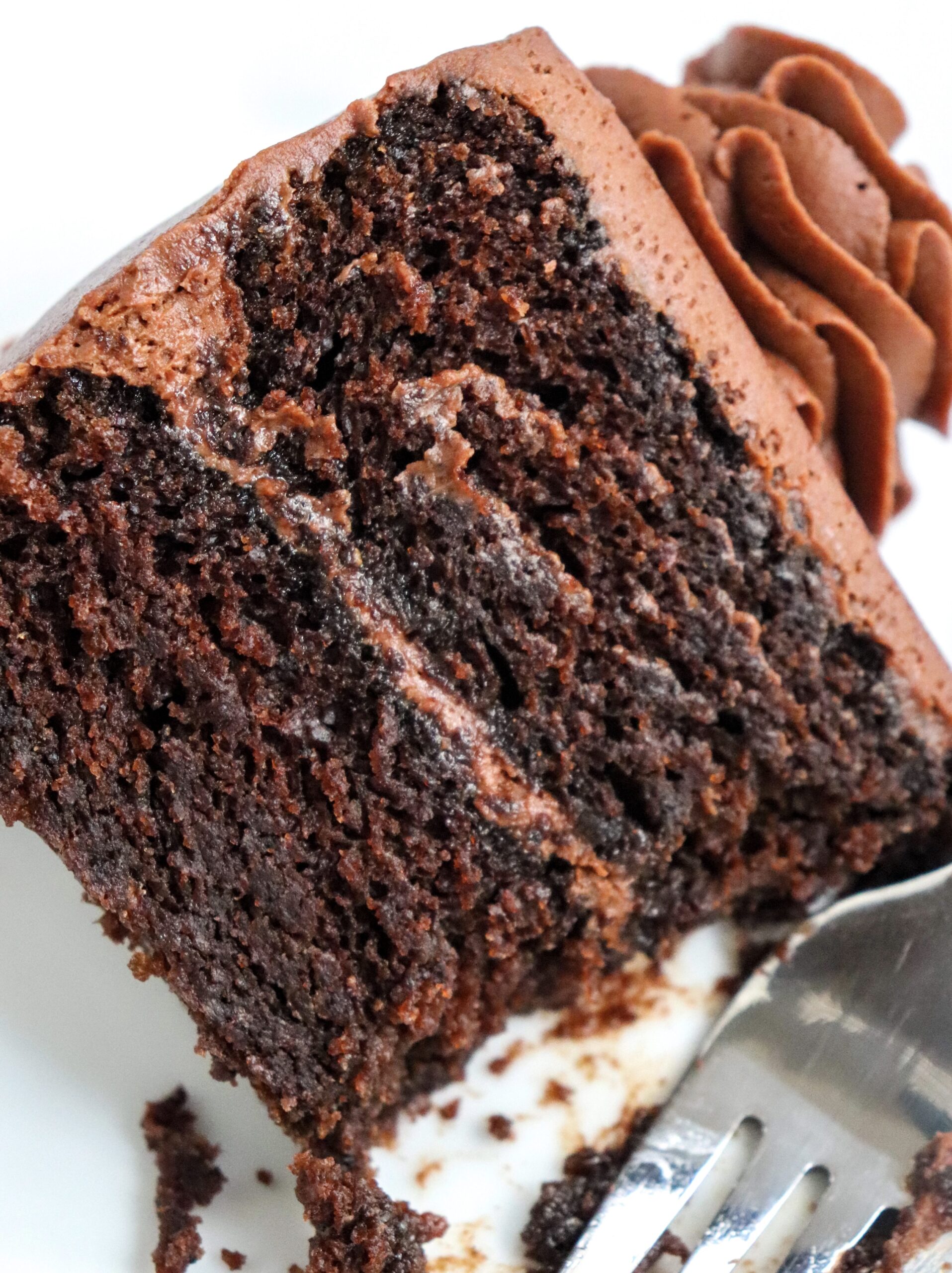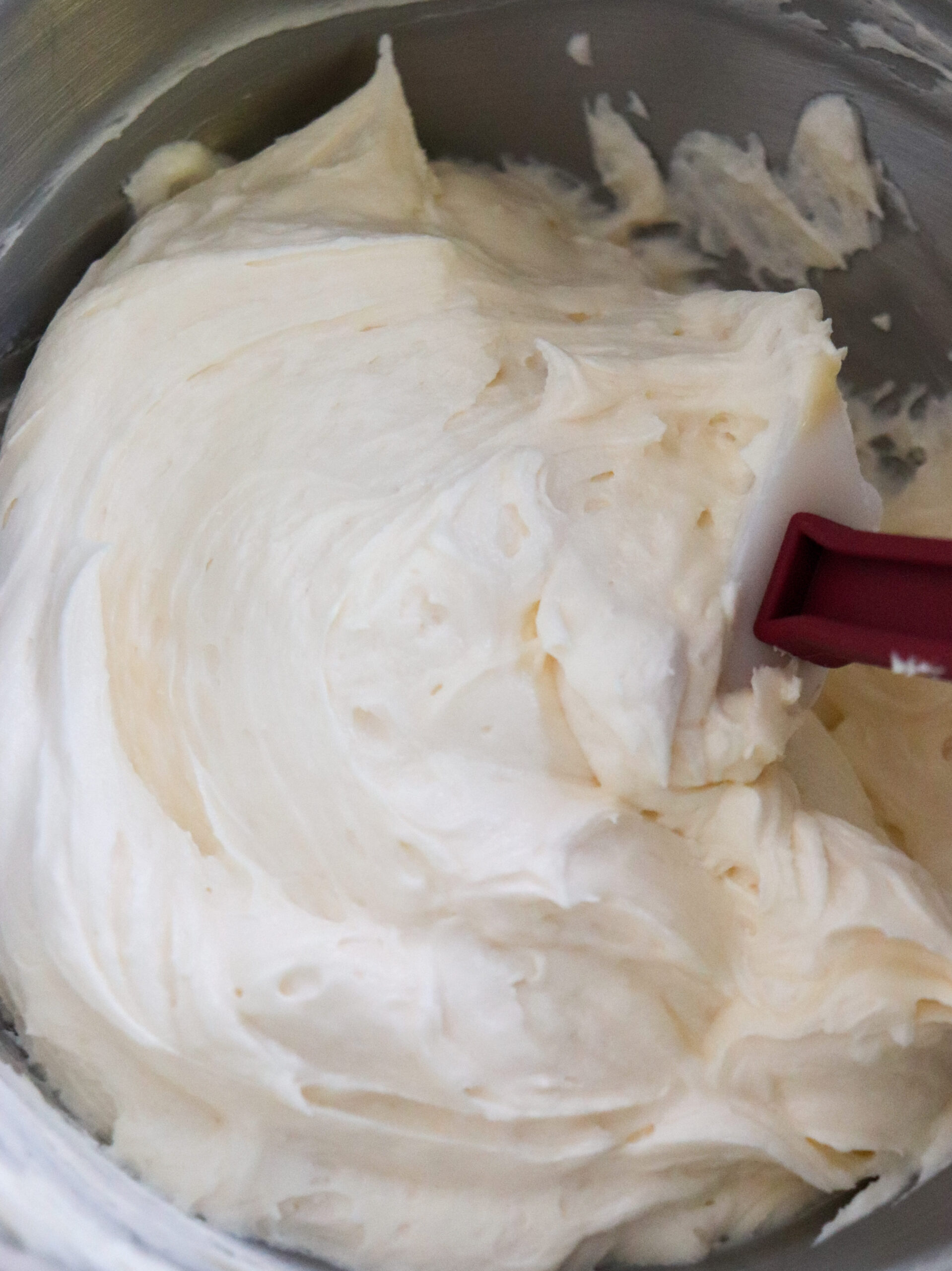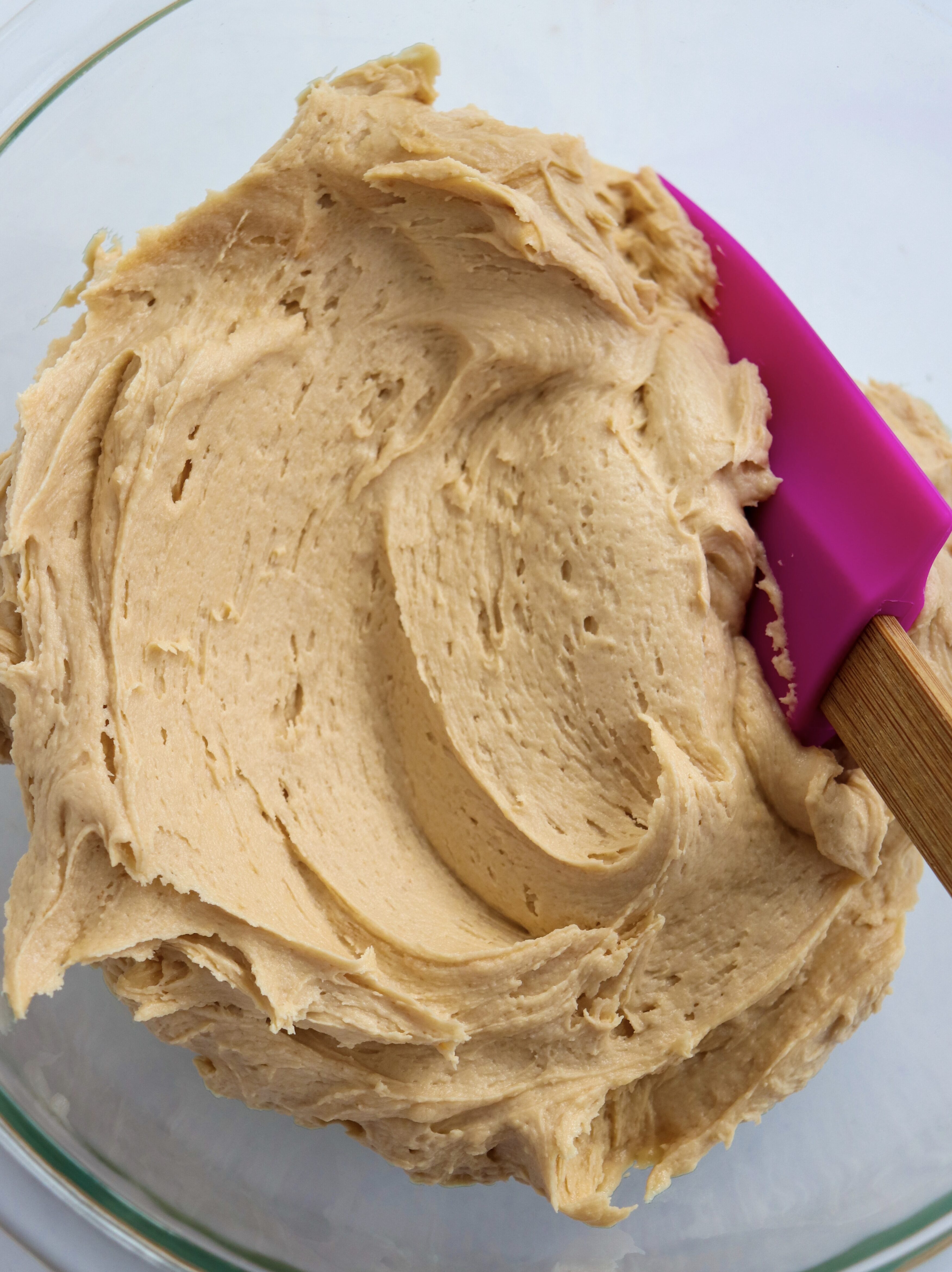Many dessert recipes that may have been passed down to you or that you’ll find on the internet will typically call for eggs, butter, milk, or another animal product. In vegan baking, you have to find ways to replace these. Some ingredients can be easily swapped out in recipes with good results while others are more difficult. In this post, I’m going to take you through different ingredients and how to swap them, which may depend on the recipe.
Swapping Non-Vegan Ingredients for Vegan Ones
If you’re new to the world of vegan baking, your best bet is to find already vegan recipes online or in cookbooks rather than trying to make ingredient swaps with non-vegan ones. However, if you’re a more avid baker or you’re hoping to veganize your favorite recipes, I hope that this guide will help you. As with all baking, recipes typically need lots of testing before being perfect, but I always have fun creating new vegan recipes and playing around with different variations.
Keep reading to see how I swap non-vegan ingredients for vegan ones.
Butter
Butter can almost always be swapped with vegan butter with good results. If a recipe calls for butter sticks, swap them with vegan butter sticks, such as Earth Balance, Miyokos, or Country Crock. If a recipe calls for margarine, use dairy-free margarine from the tub. My go-to is Earth Balance. You can sometimes replace butter with coconut oil or vegetable shortening, depending on the recipe.
Milk
As with butter, milk can almost always be swapped with non-dairy milk. In baking, I typically prefer soy or oat milk, as they are thick, flavorful, and nut-free.
Buttermilk
This can easily be swapped with a combination of soy milk and vinegar or lemon juice. Check out my recipe here.
Eggs
Eggs can be a difficult swap to make depending on the recipe. In some recipes, such as cookie recipes, you can omit the eggs and add non-dairy milk instead. I typically add 1-2 tablespoons of a thick non-dairy milk, such as soy or oat, in place of each egg when making cookies. For cakes and muffins, I prefer to omit the eggs and make up for them by increasing the liquids in the recipe. I typically use a combination of vegan buttermilk and oil in my cakes and muffins, ensuring that there is enough of each to keep the cakes moist and using baking soda and baking powder to ensure the cakes rise.
For brownies, you cannot simply swap the eggs with extra liquid – this will typically lead to very oily brownies that never fully set. In the case of brownies, I make sure that there is enough flour and cocoa powder to hold the structure with a small amount of leavener to ensure they rise slightly, without making any exact 1:1 swap for eggs.
Many vegan dessert recipes call for flax eggs in place of eggs, which are an egg-like substance made from flaxseed meal and water that take on the consistency and texture of an egg after combining and sitting for 10-15 minutes. I rarely use flax eggs in baking, as I typically find them unnecessary. However, when I do, I use a ratio of 1 tablespoon of flaxseed meal to 2 tablespoons of water. Flax eggs are something to play around with in a recipe and are not always a 1:1 substitution. Also, they do not leaven the baked goods like eggs do, so make sure you use them in combination with a leavener.
Egg Whites
Recipes often call for egg whites because of their ability to fluff up when beaten. When this is the case, I recommend using aquafaba, which is the liquid from a can of chickpeas. The best way to use aquafaba is by first reducing the liquid to approximately half its weight. To do so, weigh your aquafaba and place it in a saucepan. Bring it to a simmer and allow to simmer, removing from heat and weighing occasionally, until it’s approximately half the amount of liquid. Then allow it to cool and add it to a mixing bowl with a small amount of cream of tartar. Whip until it forms stiff peaks and use in place of whipped egg whites. This will not work perfectly in all recipes (like Angel food cake, where it will likely collapse), however it’s your best alternative for recipes such as macarons, meringues, and cakes.
If a recipe is calling for egg whites for their leavening capabilities and to keep the baked good light in color (like in white cake) but whipping them is not a requirement, follow the instructions above under Eggs to make this swap.
Heavy Whipping Cream
If a recipe calls for heavy whipping cream so that it can be whipped into a cream, there is not necessarily a direct substitution (Silk does make a vegan heavy whipping cream but I haven’t tried it). For no-bake recipes, the best swap is refrigerating canned coconut milk and scooping out the hardened part.
In recipes that use heavy cream as a thick liquid (such as in buttercream), you should use a thick non-dairy milk, such as soy or oat, or vegan creamer.
Sour Cream
Sour cream can be substituted 1:1 with vegan sour cream. Tofutti makes a vegan sour cream that I can typically find at my local grocery store or health food store. If using sour cream in a cake, muffin, or quick bread recipe, you can substitute with non-dairy yogurt as well, however the outcome won’t be as rich.
Sweetened Condensed Milk
You can swap sweetened condensed milk with sweetened condensed coconut milk.
Chocolate Chips
When a recipe calls for chocolate chips, you can always use non-dairy chocolate chips. Semi-sweet chocolate can be “accidentally” vegan (like Trader Joe’s Semi Sweet Chocolate Chips), and there are brands that make vegan chocolate chips, like Enjoy Life and Lily’s.
Sprinkles
Sprinkles are typically not vegan, however you can occasionally find “accidentally” vegan ones at your local grocery store – check the ingredients list and be sure to avoid if you see dairy, confectioner’s glaze, and/or Red #4 or Carmine. You can also find vegan sprinkles online, such as Fancy Sprinkles.
Marshmallows
When marshmallows are used as an add-in or a topping for a recipe, such as in cookies, you can typically swap for vegan marshmallows. Dandies and Trader Joe’s make vegan marshmallows. Vegan marshmallows do not melt quite as well as non-vegan, so you have to be more careful when using them in recipes where melting is a requirement, such as marshmallow fluff and rice krispy treats.
Gelatin
Gelatin is an ingredient that comes from animal bones and is used in recipes such as gummies, marshmallows, and no-bake desserts. Agar agar is a vegan substance that can often be used to replace gelatin, however the process of using it may differ from the process of using gelatin. I recommend following instructions on the packaging when using agar agar, or following a vegan recipe that calls for it.
Let me know your thoughts!
If this helped you in any way or if you have another ingredient you’re curious about swapping, leave me a comment with a rating below. I also love to see your creations on Instagram, so make sure to tag me @marykatesvegancakes so I can see!






This is very informative and helpful. Thank you so much for sharing.